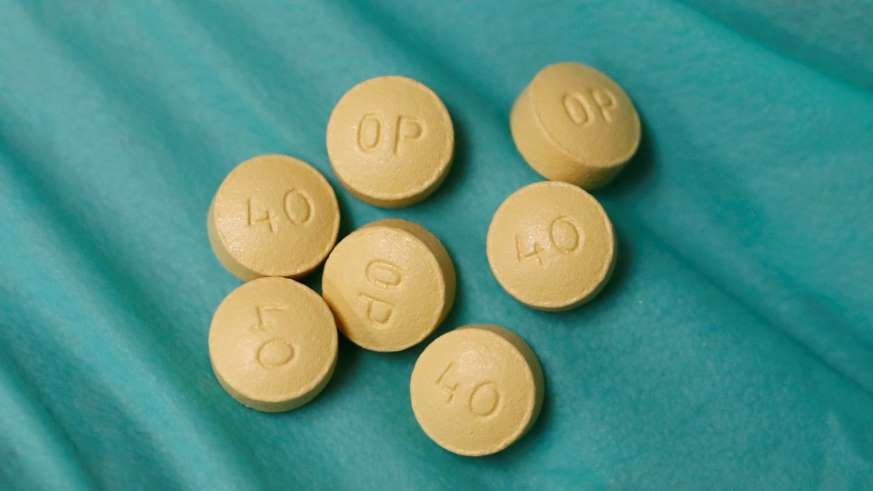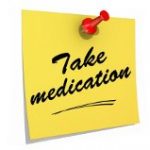
Opiod addiction is not just for street drug addicts
At the start of the opioid crisis, officials had reasons to blame it drug

First, the Truth About Painkiller Addiction is shocking. Second of all, opiod addiction attacks everyone. For example, stories about people who died unexpectedly of a drug overdose. Again, these are neighbors, family as well as loved ones. Authorities need to do what they can to reduce the problem. Again, tools at hand. In tightening controls on doctors who prescribed pain relievers.
To a large degree, the strategy has started to work
According to the Centers for Disease Control and Prevention , has reported that overdose deaths declined by 6% in 2018. In short, the dip has been attributable almost exclusively to fewer deaths from oxycodone, hydrocodone, and other prescription opioids. For example, Fentanyl deaths are still rising. Read some of the stories MED-Q has told about the role of prescription medication.
Did our medical policy makers correctly assess who was at risk of becoming addicted
First , what are the views on the addictive potential of such drugs? Second, were the consequences of policies created to stop health care professionals from over prescribing pills? In retrospect, policy makers made some serious misjudgments imposing the answers to these questions. Hence, grossly underestimating the levels of risk from these drugs. In fact, the average patient while simultaneously doing too little to urge clinicians to find the most vulnerable. The best time to fix the problems are right now. Hence, while the opioid problem still has the public’s full attention.
By now, the sad stories are familiar. To illustrate, Opioid prescribing began to rise dramatically in the early 90s. Hence, powered by two forces. First, a campaign by doctors (oncologists and pain specialists) to correct the under treatment of chronic levels of pain. The other, in 1996, the release of oxycodone medication. To sum up, Oxycontin, from Purdue Pharma was vigorously marketed to doctors and PA’s.
Furthermore, a single dose could have 80 milligrams of oxycodone. Hence, it became a magnet for abuse. Also, the street value of Oxycontin was about $1 a milligram. In fact, Oxycontin became as valuable as money. By 1999, the diversion of pills into the black market was well under way. In particular, in Maine and rural Appalachia. Medication. Pills were stolen from medicine cabinets and sold on the street.
Sponsored by MED-Q Medication Management System
Center for Disease Control reported a 400% increase in prescription-related overdose fatalities
In 2012, the agency officially declared “prescription painkiller overdoses at epidemic levels.” First, the data left no room for error. Second, deaths rose in an exact parallel with the rise in opioid prescribing. Interpretation of the trends was that the typical opioid victim was a patient who received Oxycontin, Percocet, or Vicodin from her doctor. For example, to treat a tooth extraction, stiff neck or sprained ankle. Hence, then stumbling into addiction.
A typical opiod addiction strory
Terry F, a 36-year-old social worker in Pittsburgh who at one time struggled with addiction pills. In short, summarized the staple narrative like this: “Terry is from a white middle class community. He had everything going for him. For example, he was a great kid, star athlete. Again, nobody ever thought of him as a drug addict Terry was given narcotic pain medication by an irresponsible doctor. Unknowingly, Terry became addicted (hooked ) . Also, he eventually moved on to using heroin. If it weren’t for the bad prescription Terry had received, none of this would have happened. The story, is more complicated.
Individuals who end up abusing pills are rarely new to drugs
The federal government did a National Survey on Drug Use and Health in 2014. To illustrate, over 75% of miss-users had used non-prescribed benzodiazepines. For example, Valium as well as Xanax.. A study of Oxycontin users uncovered that patients “were not naive individuals with accidental addictions who were introduced to painkillers by their physicians. In fact, many had extensive previous drug use histories.
Painkiller addiction puts means turmoil in our lives
However, for some the stress seem insurmountable. Hence, people find drugs unexpectedly seductive.
Typical example, the dentist gave Scott a 15 day supply of Percocet. Again, a prescription drug the then-teenager had never heard of. But, he loved them. The pills gave him freedom from his depression and dread. He was able to get another refill from the dentist. Subsequently, he bought Percocets or Vicodins from other kids One day, his father could not wake him up. First, he called an ambulance. Second, his parents were shocked his addiction.
Scott, with professional help, was able to weaned himself off the pills and they all entered family therapy. Within a 6 months, he felt less overwhelmed and was ready to apply to college. He was able to talk with his parents more freely .
CDC’s preliminary data on prescription-related overdoses show an encouraging trend
Pressure on doctors to curtail prescribing as a general practice is the frist step. The goal, careful distinctions based on what is appropriate for each patient. However, breaking free of the simple narrative that opioids are indiscriminately dangerous is not easy. Recent headlines about massive quantities of pills hauled into small towns reinforce that perception.
First, more drugs in a neighborhood or town, the more they will betaken. A high-profile trial pitting the state of Oklahoma against an opioid maker . The makes product addicted 1000’s, just drew to a close in mid-July. A decision in that case is expected soon. Subsequently, other courts will litigate these issues based on the new precedents.
[cherry_sharing networks=”facebook,googleplus,pinterest,stumbleupon,reddit,twitter,linkedin,tumblr” style=”only-logos”]







